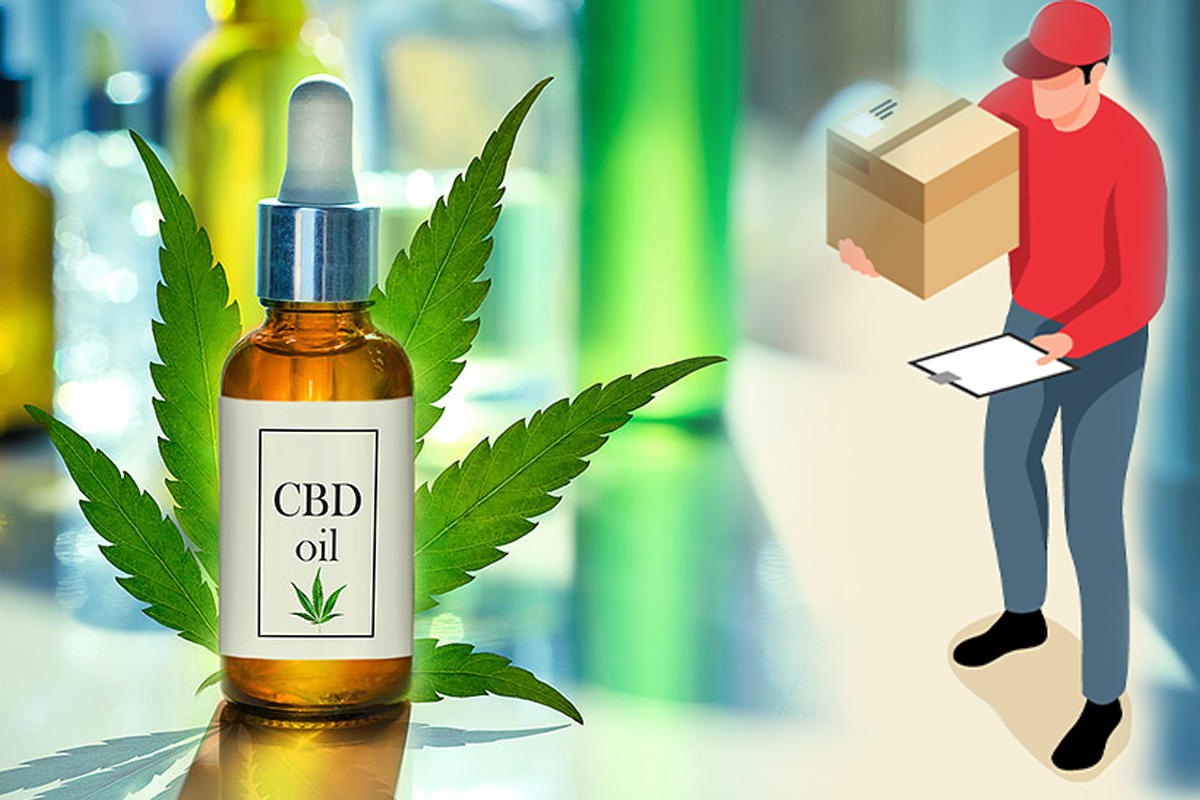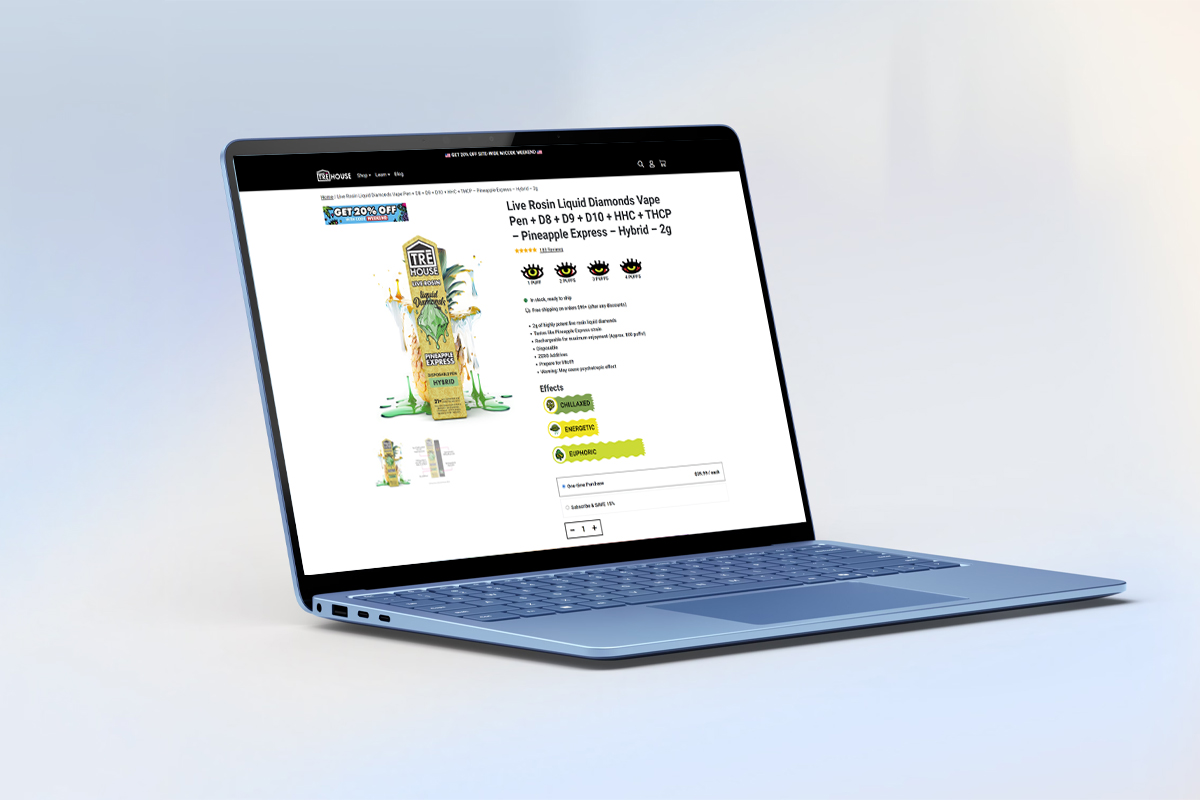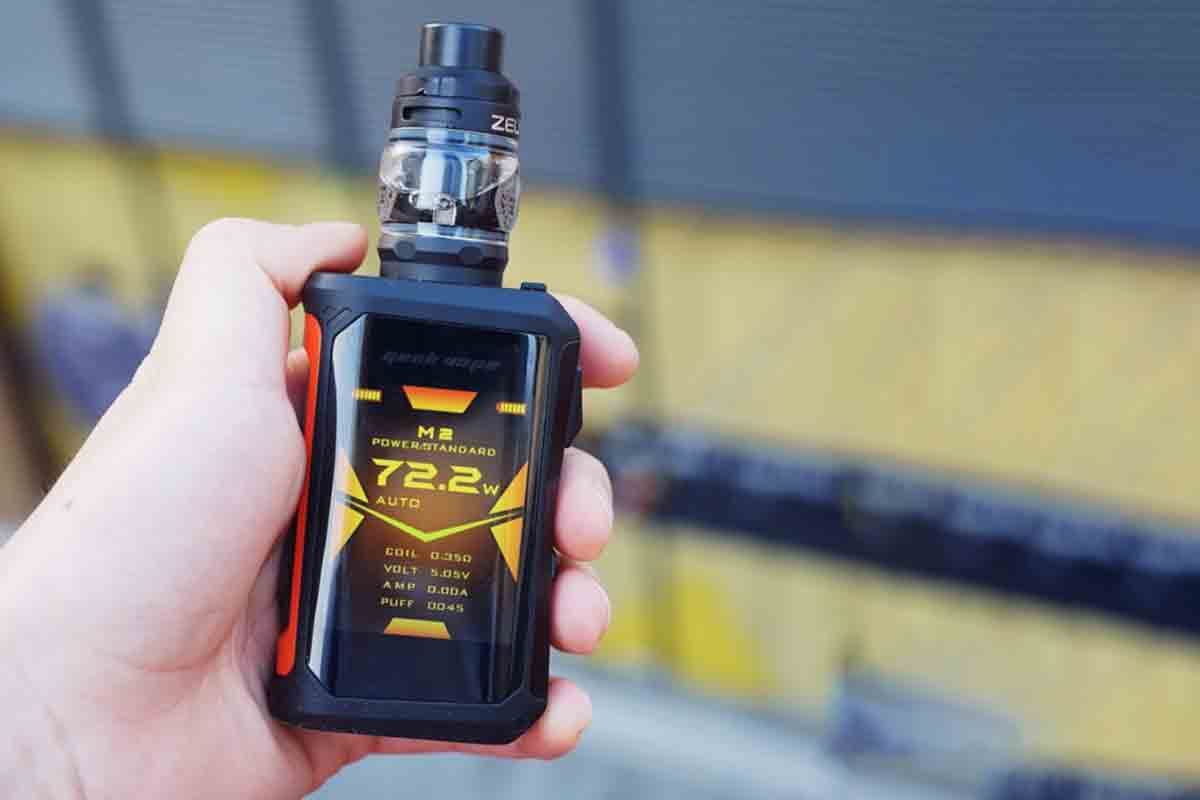What Is a Dry Herb vaporizers? A Comprehensive Guide
Dry herb vaporizers are also a type of vape device, which provides a cleaner, more efficient, and generally healthier way to consume various herbs. But what exactly is a dry herb vape, and how does it work? What are the advantages or disadvantages? This article delves into the details of these dry herb vaporizer devices, outlining their benefits, how to use them, and why they may be the best choice for herb lovers. Hope it helps.
Introduction to Dry Herb Vaporizers
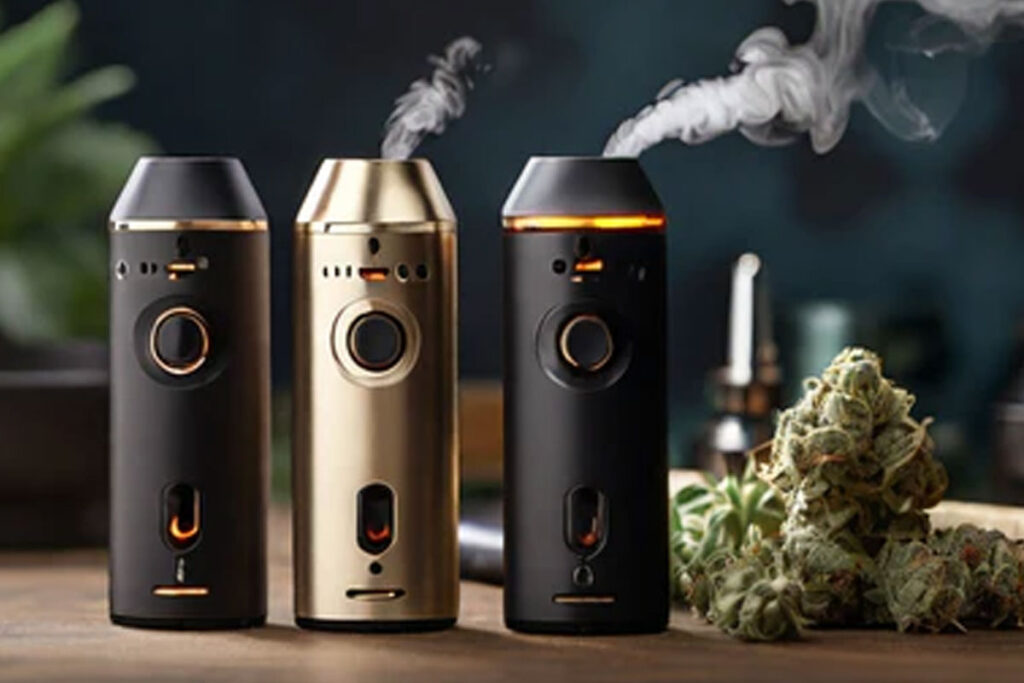
A dry herb vaporizer is a device designed to heat plant material (typically cannabis or other medicinal herbs) to a temperature where the active compounds—such as cannabinoids or terpenes—vaporize without burning the herb itself. This process allows users to inhale the vapor produced, which contains the essential compounds of the herb but avoids the harmful byproducts of combustion, like tar and carbon monoxide.
The appeal of dry herb vapes stems from their ability to provide a more refined, controlled experience compared to traditional smoking. Whether for recreational or medicinal purposes, more people are turning to vaporizers as a less harmful method of consumption.
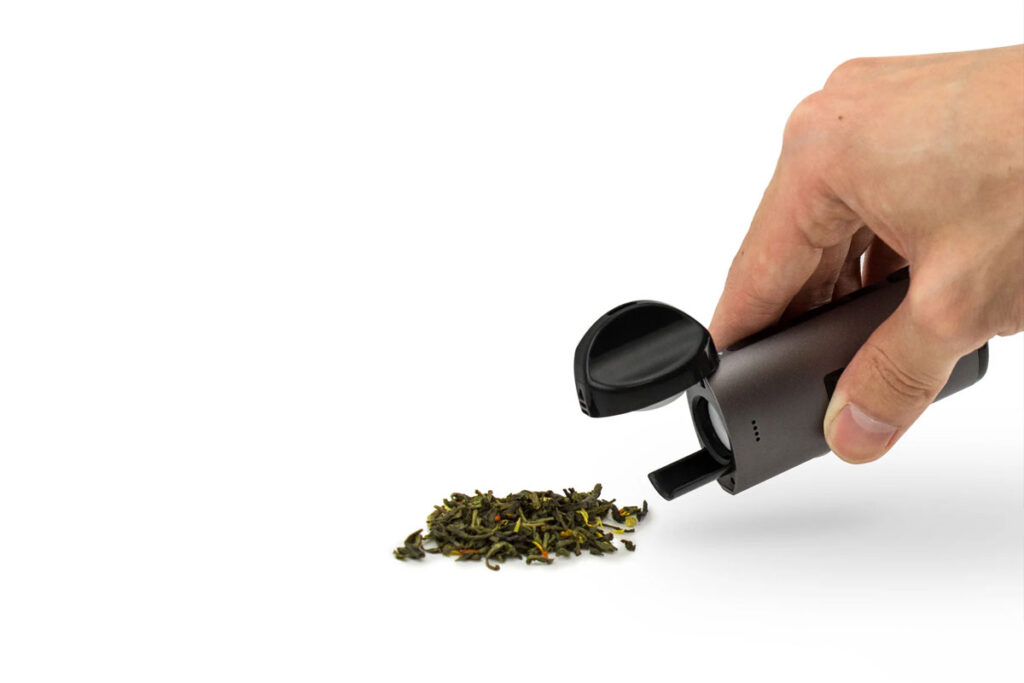
How Do Dry Herb Vaporizers Work?
The primary function of a dry herb vaporizer is to heat the plant material to a precise temperature, just below the combustion point. This process releases the active ingredients in the form of vapor, rather than smoke, which can be inhaled.
Dry herb vaporizers generally operate using one of two heating methods:
- Conduction: This method heats the herb through direct contact with a heated surface, typically the walls of the vaporizer chamber. Conduction vaporizers tend to heat up quickly, but they can sometimes burn the material if not carefully monitored.
- Convection: Convection vaporizers, on the other hand, heat the herb by passing hot air through it. This results in a more even distribution of heat and reduces the risk of combustion, providing a smoother and more flavorful vapor.
Types of Dry Herb Vaporizers
There are three main types of dry herb vaporizers:
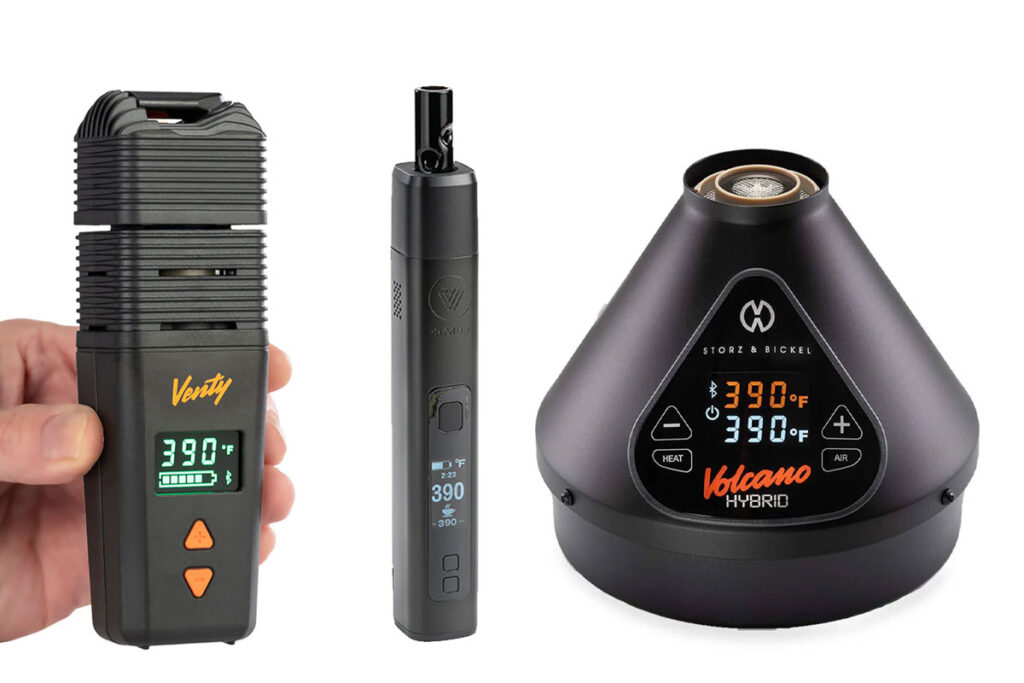
- Portable Vaporizers: Small and convenient, portable vapes are designed for on-the-go use. These are battery-powered and can be discreetly carried in a pocket or bag. While they may not offer the same level of performance as desktop models, they are highly popular for their convenience.
- Desktop Vaporizers: These are larger, more powerful units that are usually plugged into a power source. They are ideal for home use and are known for their superior vapor production and more precise temperature controls.
- Hybrid Vaporizers: These vaporizers combine both conduction and convection heating elements, offering the best of both worlds in terms of fast heat-up times and even vaporization.
Benefits of Using a Dry Herb Vaporizer
Health Benefits
One of the primary reasons users switch from smoking to dry herb vaping is for the health benefits. By vaporizing the herb instead of burning it, users avoid inhaling the harmful toxins and carcinogens typically found in smoke. Studies have shown that vaporizing cannabis, for example, produces fewer respiratory symptoms than smoking.
Discreet Use
Dry herb vaporizers produce significantly less odor than smoking, making them a more discreet option. The vapor dissipates quickly and does not cling to clothing or linger in the air like smoke does. This feature is particularly valuable for those who wish to consume herbs in a less noticeable way.
Cost-Effective
While the upfront cost of a vaporizer can be higher than traditional smoking methods, the long-term savings are substantial. Vaporizers are more efficient, allowing users to extract more active compounds from their herbs. This means users need less herb to achieve the same effects compared to smoking.
Potential Drawbacks and Limitations
While there are many advantages to dry herb vaporizers, they also come with some downsides. The initial cost of purchasing a high-quality vaporizer can be steep. Additionally, portable models require regular charging, and sessions can be cut short if the battery dies mid-use.
Another issue is the learning curve. Unlike lighting up a joint, using a dry herb vape requires a bit of knowledge. Users must know how to grind their herb properly, load the chamber, and adjust the temperature settings for optimal vapor production.
How to Use a Dry Herb Vaporizer: Step-by-Step Guide
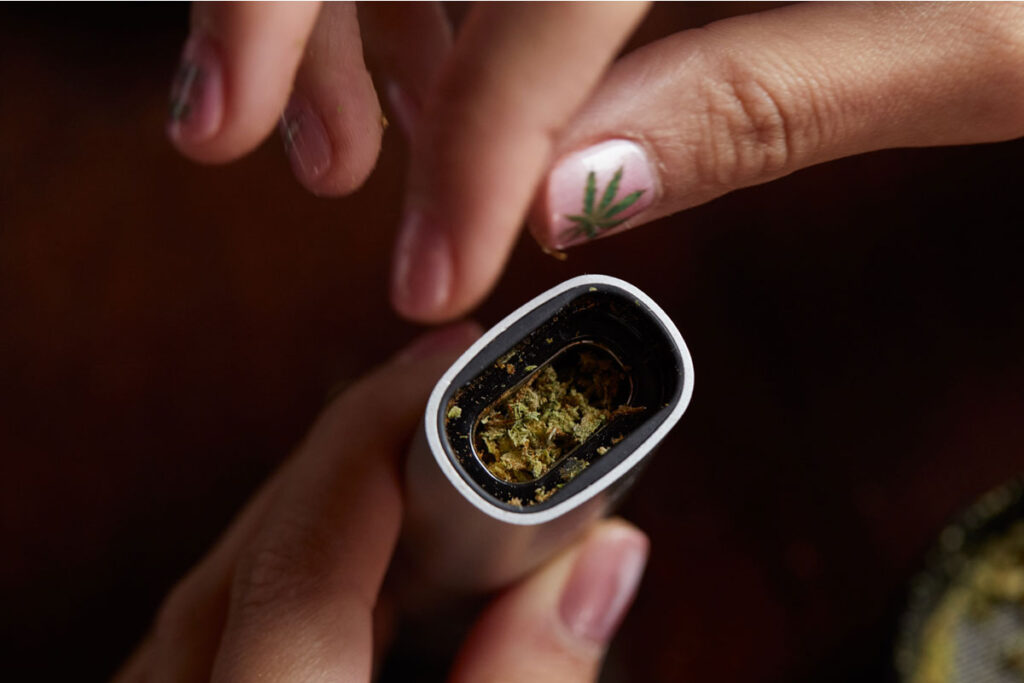
Getting the most out of your dry herb vaporizer requires understanding how to use it properly. Here’s a simple guide:
- Grind the Herb: For optimal vaporization, grind your herb to a medium-fine consistency. This ensures the heat is evenly distributed throughout the chamber.
- Fill the Chamber: Gently pack the chamber with your ground herb. Avoid overfilling, as this can block airflow and result in uneven heating.
- Adjust the Temperature: Different herbs vaporize at different temperatures. For cannabis, for example, lower temperatures (around 315-356°F) produce more flavor, while higher temperatures (356-392°F) produce stronger effects.
- Inhale the Vapor: Once the device has heated up, inhale slowly through the mouthpiece. There’s no need to hold the vapor in your lungs for long, as the active compounds are absorbed almost immediately.
- Clean After Use: Regular maintenance is crucial to keep your vaporizer functioning properly. After each session, allow the device to cool, then clean out the chamber to prevent residue buildup.
What Herbs Can You Vape?
Dry herb vaporizers aren’t limited to just cannabis. Many medicinal and aromatic herbs can be vaporized for their therapeutic benefits:
- Lavender: Known for its calming effects, lavender can be vaporized at lower temperatures (around 266°F).
- Chamomile: Often used for its relaxing properties, chamomile vapes well at temperatures between 212°F and 257°F.
- Eucalyptus: Popular for respiratory relief, eucalyptus should be vaped at around 266°F.
Popular Features to Look for in Dry Herb Vaporizers
When shopping for a dry herb vaporizer, consider these key features:
- Temperature Control: Devices with adjustable temperature settings allow users to customize their vaping experience based on the herb and desired effects.
- Battery Life: For portable models, long battery life is essential, especially for users who frequently vape on the go.
- Chamber Material: Most modern vapes use ceramic or quartz chambers, which offer better heat retention and flavor preservation than older metal models.
FAQs about Dry Herb Vaporizers
How long does it take to feel the effects?
The effects of vaping dry herbs can be felt within a few minutes, though this depends on the type of herb and temperature setting.
Can you reuse the already vaped bud (AVB)?
Yes, AVB still contains some cannabinoids and can be reused in edibles, tinctures, or even re-vaped at a higher temperature.
What temperature should I set my vape to?
The ideal temperature depends on the herb. For cannabis, lower temperatures (around 350°F) provide a smoother flavor, while higher settings (up to 392°F) offer more potent effects.
Conclusion: Is a Dry Herb Vaporizer Worth It?
A dry herb vaporizer isn’t necessarily right for everyone, it’s a device that’s specifically for herbs or herbs, and for those who are looking for a cleaner, more efficient, and healthier way to use herbs, a dry herb vaporizer is an excellent investment.




